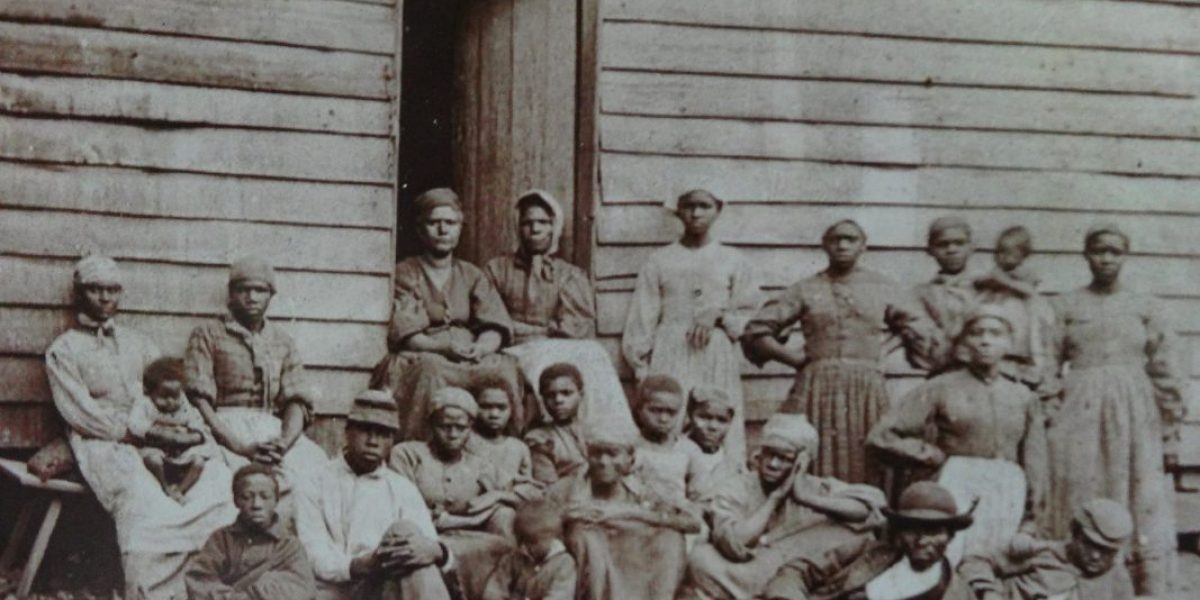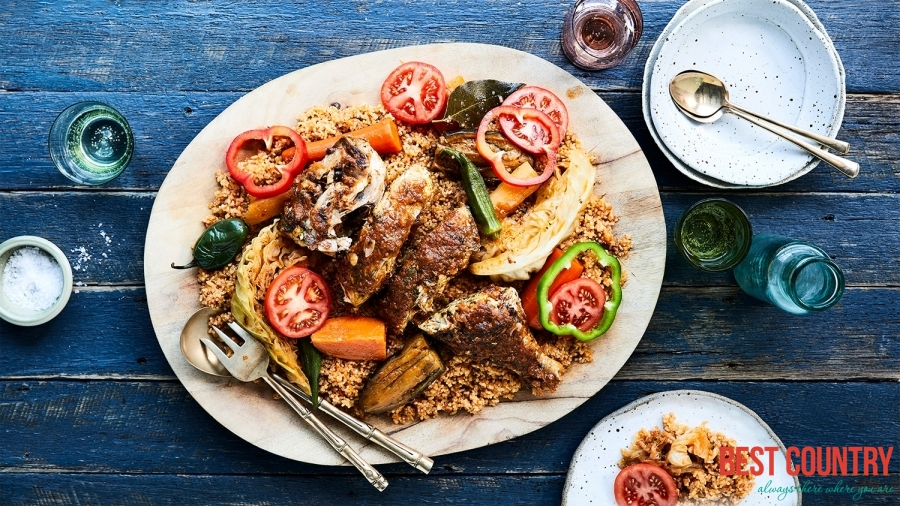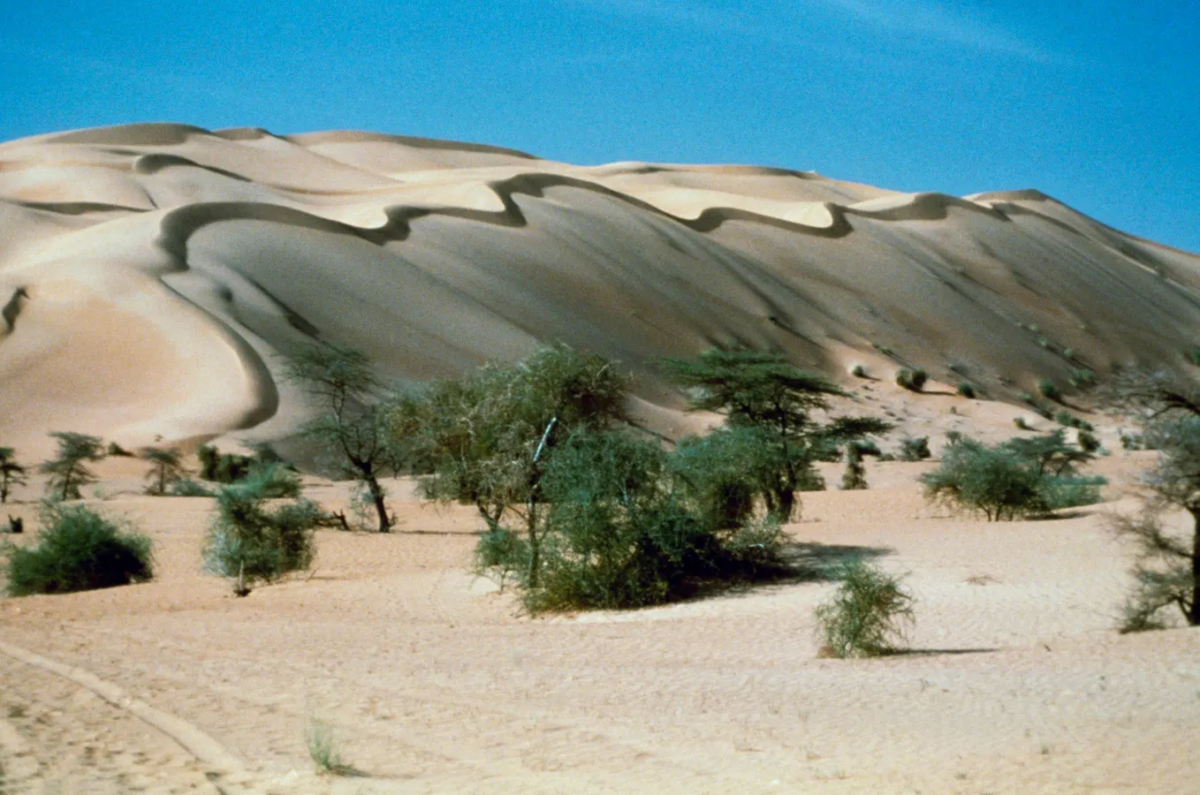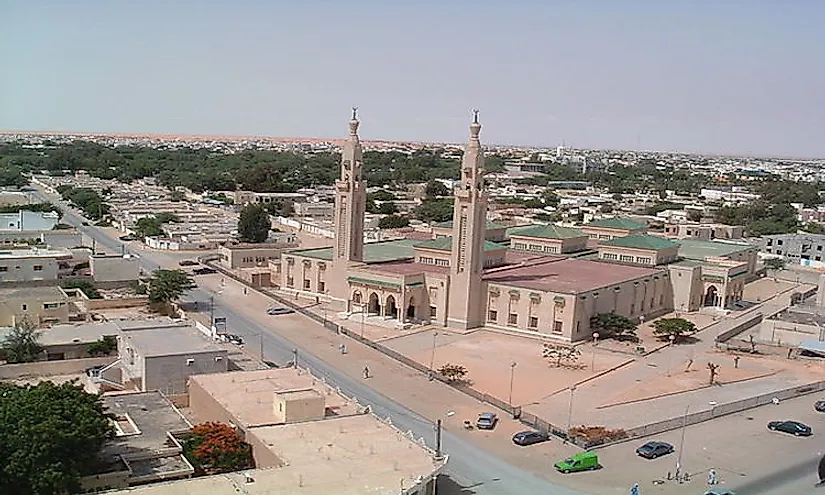Mauritania, a vast desert nation nestled on the west coast of Africa, presents a captivating fusion of cultures, traditions, and natural marvels. Ancient nomadic traditions and modern aspirations intersect in this vast country, where the sands of the Sahara meet the waters of the Atlantic Ocean. Its landscapes, ranging from endless sand dunes to the pristine coastline, are as diverse as its people, creating an aura that beckons the adventurous.
Key Facts
- Official Language: Arabic
- Currency: Mauritanian ouguiya
- Capital: Nouakchott
Geography and Climate
Mauritania is predominantly a desert country, with over 90% of its land area falling within the Sahara. The terrain is generally flat, with occasional high plateaus and a few mountainous regions near the Adrar and Tagant areas. Toward the southwest, the country opens up to the fertile banks of the Senegal River, the nation’s only perennial river. Read Also: Uncover Africa’s hidden treasures: Top 9 gems to visit
The climate in Mauritania is characterized by extreme temperature variations, with scorching heat during the day and plummeting temperatures at night. Generally, the country enjoys a tropical desert climate, with a long hot season spanning from April to November and a short cooler season from December to March. Rainfall is sparse and erratic, mostly occurring during the short rainy season (July to September). The coastal regions experience a milder climate due to the cooling effect of the Atlantic Ocean.

History
The history of Mauritania is rich and diverse, with human habitation in the area dating back thousands of years. Early inhabitants were predominantly Berber and Bafour groups, with the latter believed to have been the earliest ethnic group to settle in the region. The Ghana Empire, one of the most prominent West African kingdoms, controlled parts of present-day Mauritania from the 4th to 11th centuries. Following the decline of the Ghana Empire, several Berber dynasties emerged and established control over the region.
In the 15th century, European powers began to take interest in the region, with the French gaining control of Mauritania by the 19th century. Mauritania was a French colony for over 60 years, becoming part of French West Africa. The nation gained its independence from France on November 28, 1960, and was admitted into the Arab League in 1973.
Mauritania has grappled with political instability and conflict in its post-colonial period, including a series of coups. Despite these challenges, the country strives towards democratic governance and socio-economic development, preserving its unique cultural heritage while embracing the opportunities of the modern world.
Today, Mauritania stands as a member of several international organizations. Its alliances through the Arab Maghreb Union, African Union, Arab League, and United Nations reflect its strategic geopolitical position and cultural heritage as a bridge between the Arab and African worlds.

Culture and Traditions
Mauritanian culture represents a confluence of ethnic influences, primarily Moors (Arab-Berber) and black Africans, each with their unique traditions, languages, and social structures. Mauritania’s Moors are further classified as White Moors, known as Bidhan, and Black Moors or Haratin, with societal status traditionally stratified along these ethnic lines.
A significant aspect of Mauritanian culture is their nomadic heritage, with many Mauritanians still leading semi-nomadic lifestyles, especially among the Moorish community. Their love for oral literature, including storytelling, poetry, and music, reflects this nomadic lifestyle. Hassaniya Arabic, a vernacular Arabic dialect, is the medium for much of this oral tradition, and it’s rich with proverbs, epic tales, and riddles. Read Also: Algeria: A Journey into North Africa’s Hidden Gem
Mauritanian music is another distinctive cultural element, reflecting a blend of its diverse ethnic groups. Traditional Moorish music is characterized by stringed instruments like the tidinit (a lute-like instrument) and the kora (a 21-string instrument), accompanied by rhythmic clapping and singing. The Griots, a hereditary class of musicians and storytellers, play an essential role in preserving the country’s oral tradition and musical heritage.
People widely wear traditional clothing in Mauritania and consider it a symbol of cultural identity. Moorish men typically wear a “Daraa,” a long, loose-fitting robe, while women wear a “Melfa,” a large, colorful cloth that serves both as a dress and headscarf.
Religion plays a pervasive role in Mauritanian life, with most of the population practicing Sunni Islam. Islam influences all aspects of life, from daily routines to legal systems and social customs, and is a significant unifying factor among various ethnic communities. Mauritanians celebrate Islamic festivals like Eid, Ramadan, and Mouloud (the Prophet’s birthday) with great fervor, offering a window into their deeply-rooted spiritual life.

Food and Cuisine
The cuisine of Mauritania is a vibrant blend of North African and Saharan traditions, with French influences reminiscent of its colonial past. The country’s culinary landscape is dictated largely by its arid environment and the nomadic lifestyle of its people. The influences on this cuisine are diverse, including Senegalese, Maghrebi, and French, resulting in a unique and varied culinary tradition that reflects the country’s rich cultural heritage.
The staple food in Mauritania includes dates, millet, rice, and maize, with dishes often accompanied by locally available meat like goat, camel, and mutton, or fish from the Atlantic. One of the most popular traditional dishes is “Thieboudienne,” a hearty meal consisting of fish, rice, and vegetables cooked with spices and tomato sauce, often compared to Senegal’s national dish.
Another popular dish is “Mechoui,” a whole roasted lamb or sheep stuffed with rice, eaten during festive occasions. “Marekh,” a dish made from dried, pounded meat mixed with onion and millet, is a staple for many nomadic groups. Other popular dishes include Mahfe, a hearty peanut stew; Al-keçra, a type of pancake; Marouwilham, a satisfying combination of rice and meat; and Kuskus, their version of couscous.
More from Mauritanian cuisine
Mauritanian cuisine also features a variety of flatbreads such as “Khubz,” a round flatbread baked on a pan, and “Mlawi,” a flaky flatbread that is often eaten with honey or savory fillings. Dates and camel milk, consumed either separately or combined into a rich drink, constitute an essential part of the Mauritanian diet, particularly in the desert regions.
When it comes to beverages, “Ataya” or Mauritanian tea holds a special place. This green tea, heavily sweetened and served in three rounds, is essential to social interactions and hospitality. Each round has a unique taste, from a bitter brew to a slightly sweet one and ending with a very sweet cup.

Tourism in Mauritania
Mauritania, a land of striking desert landscapes and rich cultural heritage, is a largely untapped destination for tourism. Despite its modest infrastructure, the country offers a collection of experiences to the adventurous traveler.
Tourists are drawn to Mauritania’s vast expanses of the Sahara desert, unlike any other in the world. The stunning sand dunes and ancient rock carvings make the Adrar region a popular destination. The Banc d’Arguin National Park, a UNESCO World Heritage Site, is another gem, offering a unique blend of desert and marine ecosystems and serving as a vital breeding ground for various bird species.
The Richat Structure, also known as the Eye of the Sahara, is another unique geological feature that attracts visitors. For those interested in history, the ancient cities of Chinguetti and Ouadane, both UNESCO World Heritage Sites, offer a glimpse into Mauritania’s past as a significant hub on the trans-Saharan trade routes.
While Mauritania’s natural and historical attractions are certainly compelling, the cultural experiences often leave the most lasting impressions. Interacting with the warm and hospitable local communities, experiencing their nomadic lifestyle, listening to traditional Moorish music, or participating in a tea ceremony are all part of the unique Mauritanian travel experience.
However, tourism in Mauritania also faces challenges, including limited accessibility, inadequate tourist facilities, and security concerns. Despite these hurdles, the Mauritanian government has shown commitment to developing its tourism sector, recognizing its potential to contribute to the country’s economy and international reputation. With responsible and sustainable practices, tourism in Mauritania shows the potential to flourish, offering unique experiences to those seeking off-the-beaten-path adventures.

Economy of Mauritania
Mauritania’s economy is predominantly reliant on agriculture, livestock, mining, and the fishing industry. Agriculture, mainly subsistence farming and livestock rearing, employs a significant portion of the population. Despite the harsh desert environment, crops such as dates, millet, sorghum, and rice are cultivated, and livestock includes goats, cattle, sheep, and camels.
Mining forms another integral part of the economy. Mauritania is rich in natural resources, with substantial deposits of iron ore, gold, copper, gypsum, phosphates, and diamonds. The country is one of the world’s largest iron ore exporters, and mining has significantly contributed to the country’s GDP and foreign exchange earnings.
The fishing industry, centered around the Atlantic Ocean, is a vital revenue source, providing livelihoods for thousands of Mauritanians. However, overfishing and illegal fishing activities pose a significant threat to this sector.
Mauritania has also started to gain attention in the energy sector, particularly in oil and gas exploration. Although in its early stages, this sector represents a potential economic growth driver.
Nevertheless, Mauritania’s economy faces considerable challenges. Its heavy dependence on commodity exports makes it vulnerable to global price fluctuations. Additionally, the country grapples with high unemployment rates and significant income inequality. The Mauritanian government has been undertaking economic reforms to attract foreign investment, diversify the economy, and promote sustainable development.



